|
This evening we had an awesome Batfest out at Hidden Oaks Nature Center in Annandale, Virginia. This is part of the most excellent Fairfax County park system, and I was just there to answer questions about bat work and bats in general. The staff did an amazing job of putting together a wonderful program including talks about bats and bat conservation and actually hiking in the woods at night. Live bats were brought by Leslie Sturges, a bat rehabilitator who works to release injured bats back into the wild. And while this was a really fun evening, one of the key points was that many bats are dying from White Nose Syndrome (WNS), a fungus (Psuedogymnoascus destructans) that attacks them during hibernation and has in many places created population losses of more than 90 percent for some species. Little Brown Bats (Myotis lucifugus) have been hit hard, and while they were one of the most common bats in the northeast ten years ago, they are now absent or very rare across the area. There is a site working to save them, run by Ms. Sturges, and they do accept donations. The campaign is called Save Lucy. Lucy being the common name among biologists for the species, Myotis lucifugus. http://savelucythebat.org/ There is lots of info on this site. But I also recommend reading the Wikipedia site for WNS http://en.wikipedia.org/wiki/White_nose_syndrome And to see a map of the spread of the disease the Pennsylvania Game Commission has been a leader with this: http://www.portal.state.pa.us/portal/server.pt/gateway/PTARGS_0_416660_112129_9109_615025_43/http;/pubcontent.state.pa.us/publishedcontent/publish/marketingsites/game_commission/content/wildlife/wildlife_diseases/white_nose_syndrome/images/wnsmap.jpg This is one of the greatest die-offs of mammals in recorded history, so worth noting, and here is the poster at Batfest about it. 
Photos of bats with White Nose Syndrome and information about it. The blue balance in the lower right has fake bats on the left and a bowl of fake bugs on the right to show how many insects a single bat can eat in one night, emphasizing the impact of lost bats related to the size of insect populations
A trail cam in Troutville, VA captured this image. Anyone with insight on what this is should chime in.
I have a number of photos from Borneo, beyond what I blogged so far, but most aren't so interesting. I will put in a pic or two, but mostly now it is all about how my pics can help science,
Time to get back to the Borneo pics. I posted a bunch of them before heading off to Costa Rica, but I should get back to the Borneo pics.
It has been a busy, and fun, summer. Here are some last pics from the Firestone Center for Restoration Ecology in Costa Rica. Likely this is the end of my pics from my week in Costa Rica. But there are quite a lot of pics from the FCRE in Costa Rica on this website if you wish to look at the old blog photos and also in the galleries.
We set up some pretty great nets in the 90-degree heat of the day... Only to be scuttled by a cold front coming through with lots of rain and lightning at opening time. Our permit gave us a 30 minute window for adverse weather, but we were well beyond that when we got a break from the storms and went in and took the site down. Just too much electricity in the air for safely working with nets on 10-meter high metal poles.
So sadly, we never got to open our nets and thus caught no bats. A photo of the high net site is all I have to show for the work. Bat folks all over the southeastern US are netting bats this week to see what is out there. I figured I might contribute a bit by doing some netting in northern Virginia. There are few rare or endangered bats here, so an area most others won't be hitting. But with White Nose Syndrome killing off so many bats in the east, I really did wonder what might still be around in this area. So a really good team headed out this evening to net the Hidden Oaks area in Annandale, Fairfax County, Virginia. This is Virginia, but inside the Capital Beltway, so pretty close to Washington, DC. Our triple-high net was over a great corridor, and we had high hopes that it would catch some bats. But it was not to be. This net set caught no bats, and a bat detector near the net showed very little activity. But we did catch one bat in another net... And that was it for the bats. Just one big brown even though we had a pretty good site with good nets. Tomorrow we will try again at Long Branch Stream Valley Park.
It was very warm out this evening, but few things seemed to be moving around. But there were quite a lot of slugs, at such a speed as they move around, so here is a pic of the head of one big one. |
AuthorKeith Christenson - Wildlife Biologist Categories
All
Author
Keith Christenson Wildlife Biologist Archives
September 2021
|
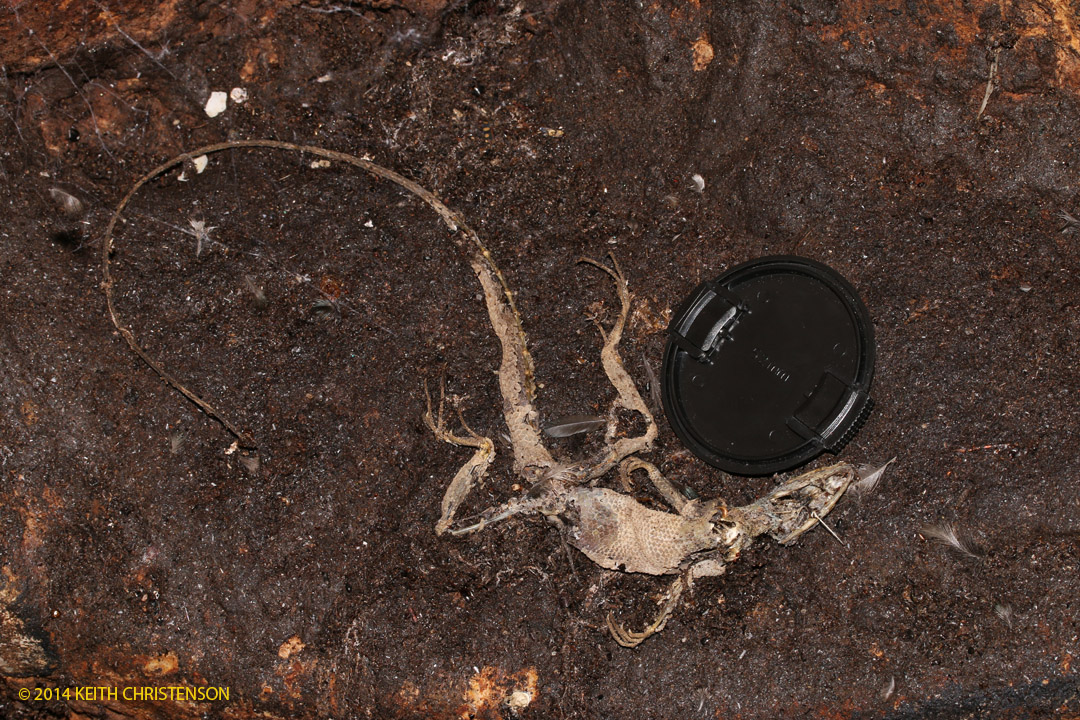
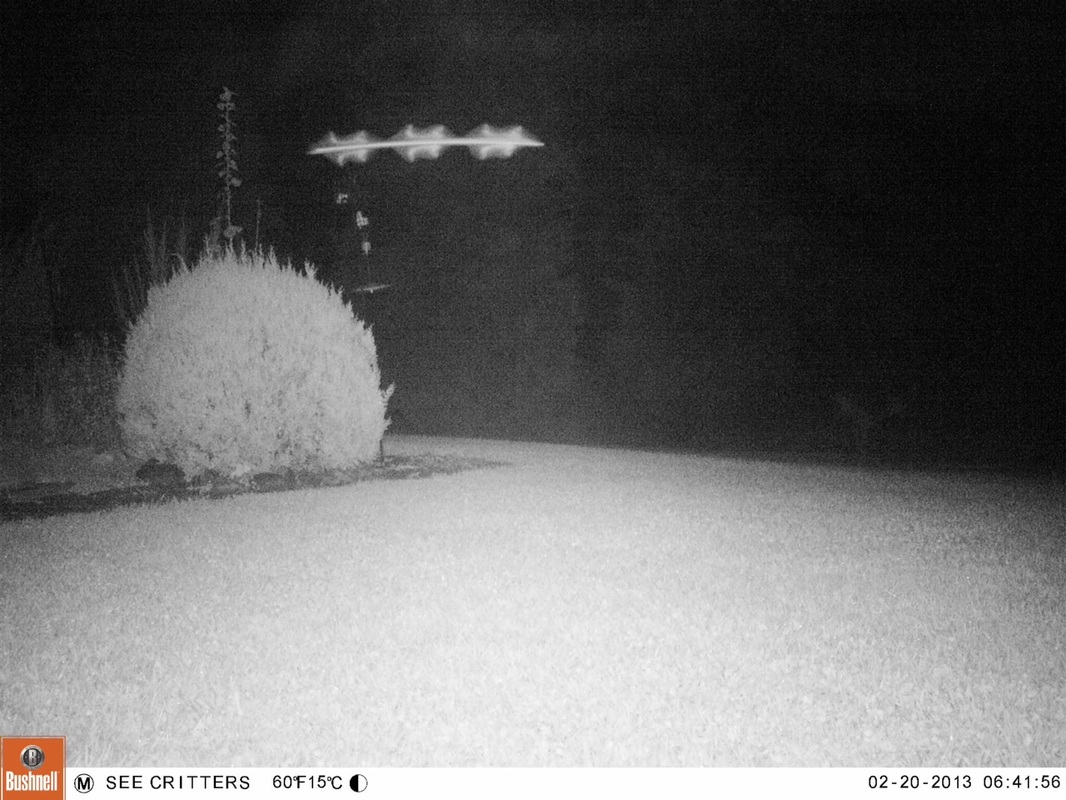

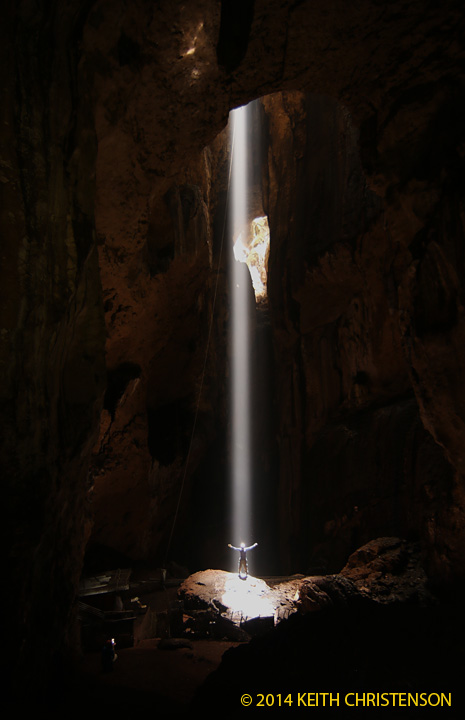


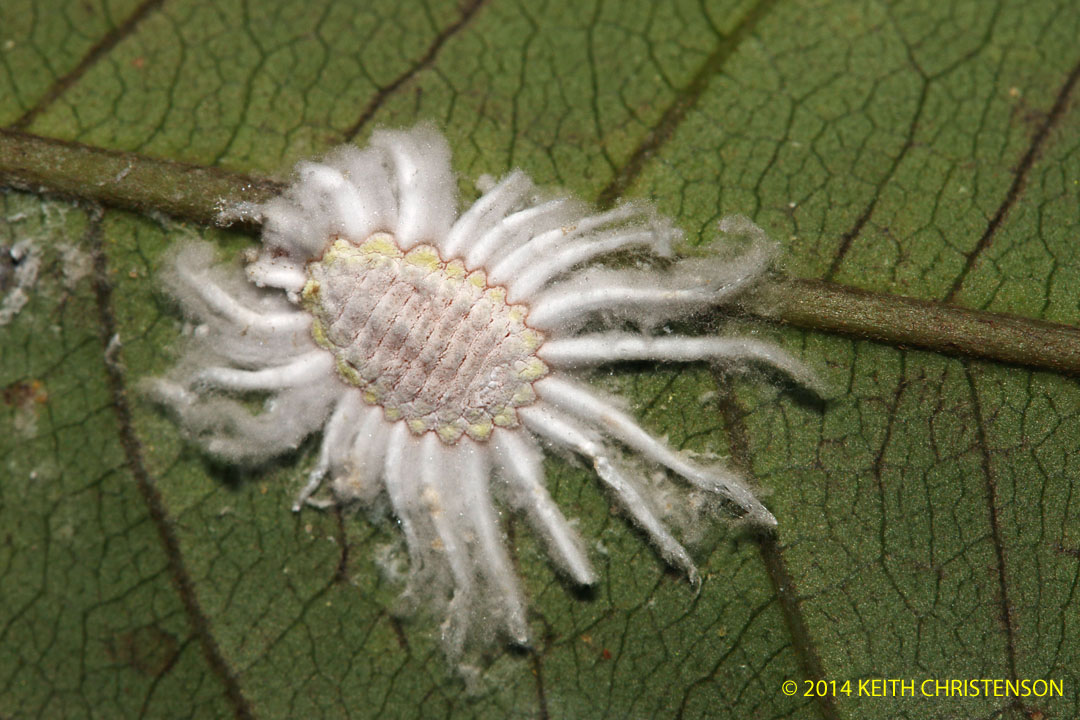
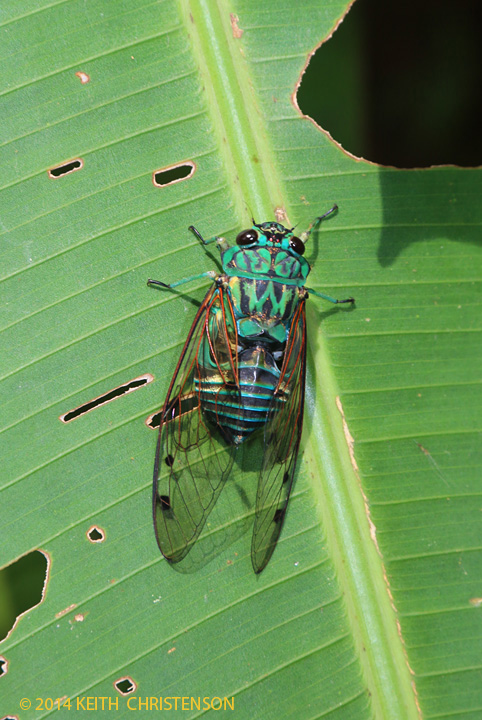



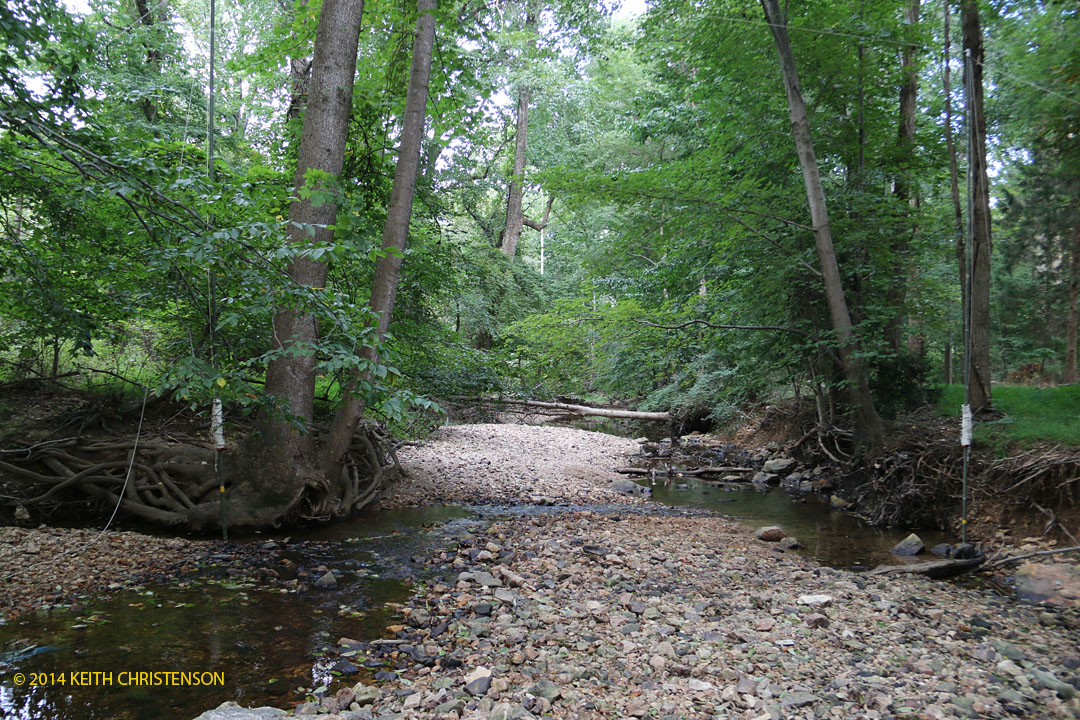


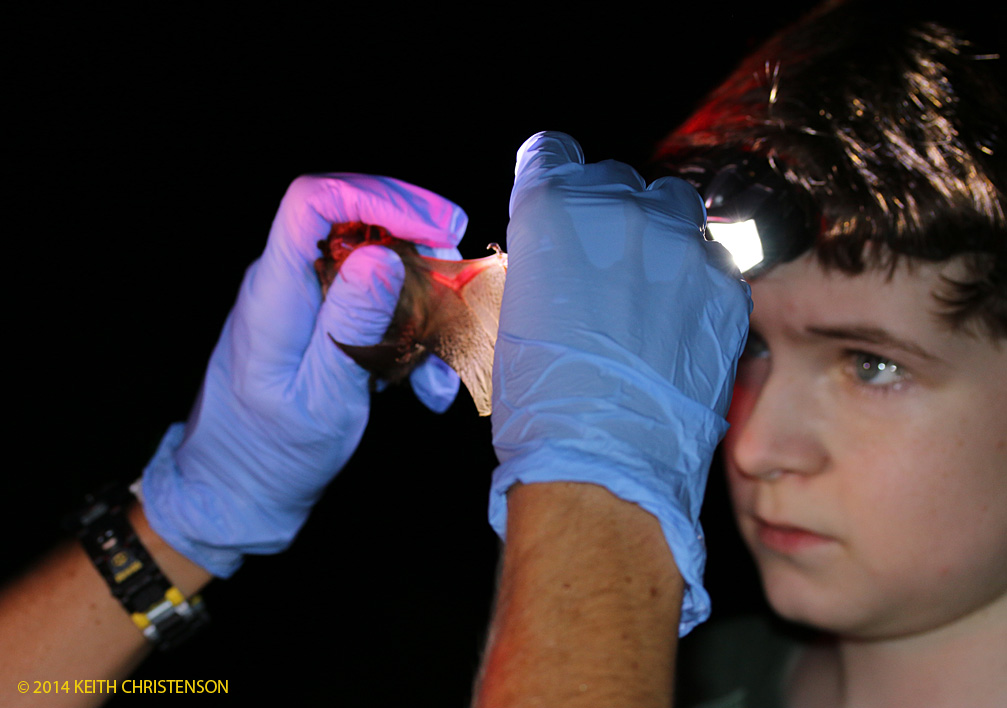
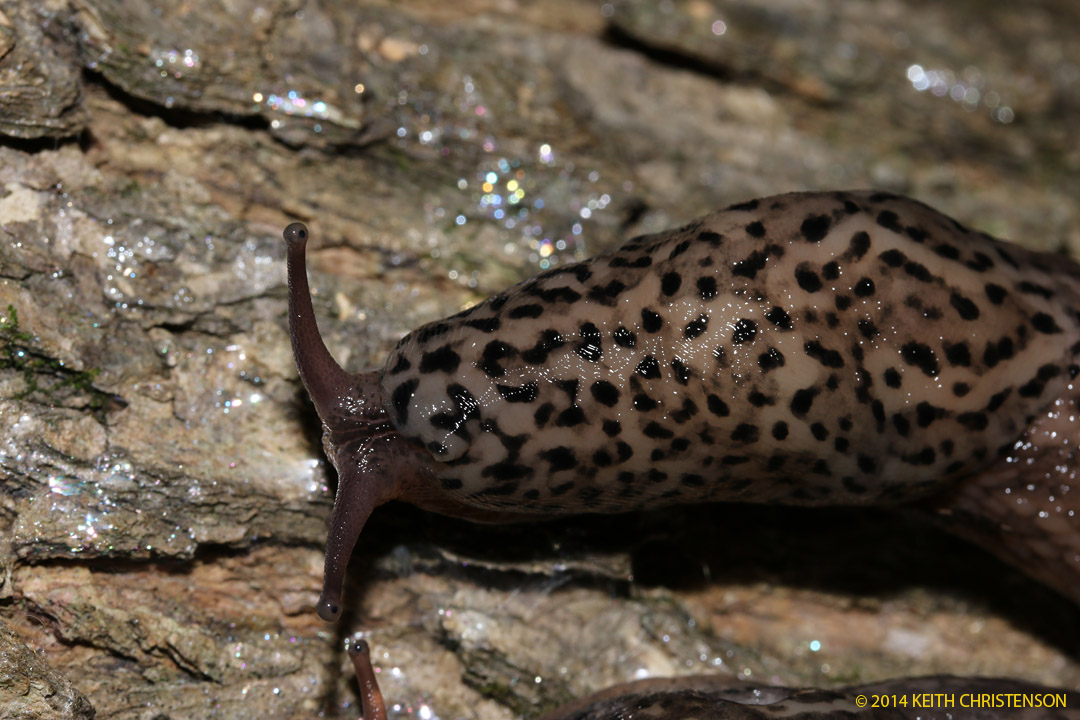
 RSS Feed
RSS Feed